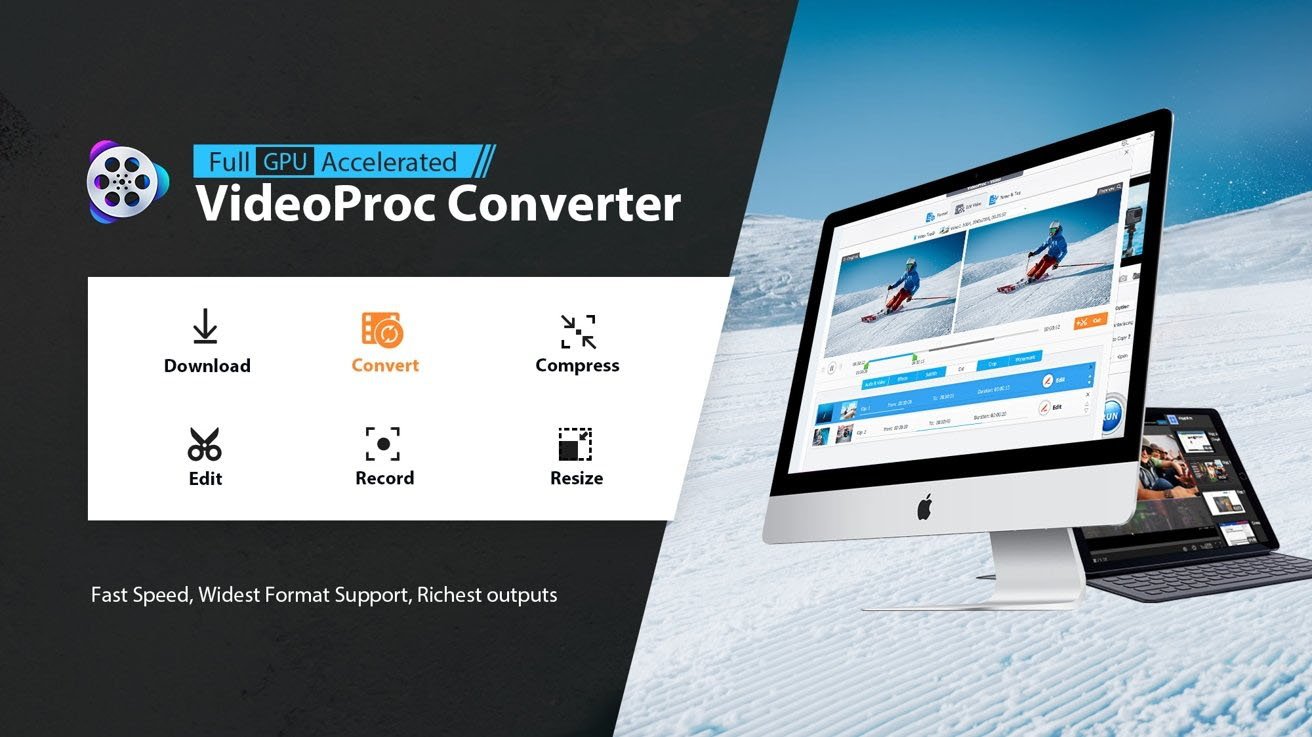25 years of Apple's innovation with iPod
25 years of Apple's innovation with iPod
Share:
To celebrate 2025, I compiled Apple's top ten major areas of innovation over the past 25 years. Let's look at the decisions that led to this blockbuster success of the iPod and implications for new products today. The first segment discussed Apple's 2000 release of Mac OS X Public Beta, its most important innovation in the last 25 years. The second segment focused on Apple's reinvented retail operations. The third segment looks at iPod.
If the "Apple Computer" of the new millennium had only focused on retrofitting the Macintosh to sell as its principal money maker, it is unlikely it would have survived a decade. At the time, Apple was selling about 3 million Macs annually. Apple was beleaguered. Apple was also innovating. It had launched a series of well received Mac products, from the original 1997 iMac G3, to the 1998 iBook, the 1999 "supercomputer" Power Mac G4 and the titanium PowerBook G4 in early 2001. Cautious optimism was beginning to sprout about the company's turn around under the initial years of Steve Jobs' charismatic and pragmatic reinvention of the company.
Concerns arose from dark clouds during the Dot Com boom. Apple's PowerMac G4 Cube, released just as the market peaked, faced tepid sales. The stock market crash further impacted demand, but the fancy by pricey Cube wasn't a compelling choice for many core customers in creative markets or education. Apple misjudged its potential audience right before its buyers were increasingly forced to retreat away from luxury purchases.
It appeared there was an inherently limited potential audience for Macs, and that was a problem for Apple. Increasing competition from cheap commodity PCs further eroded sales prospects for high-end desktop and laptop computers. Apple really needed something to goose its sales. To boost Mac demand among professionals, Jobs' Apple focused on producing exclusive new software titles. Apple acquired Final Cut from Macromedia in 1998 and relaunched it as Final Cut Pro in 1999. Three years later, it acquired Logic from Emagic. One of Apple's greatest innovations was to leverage great software to help sell its hardware.
At the same time, Apple embarked upon a similar strategy for home and education users, launching iMovie in 1999 as an easy to use movie editor alongside the New iMac DV. That same year, Apple bought SoundJam MP from developer Casady & Greene, with the intent to turn the music library software into iTunes. Apple pursued an innovative strategy of launching creative, easy to use new first party apps to drive interest in its Mac hardware. This created a "digital hub" for users, where the Mac transformed from being just a browser and email machine into a creative center for a user's increasingly connected "digital life" of movies, photos and music.
Apple wasn't making tremendous revenues from selling its software. These new titles existed primarily to drive Mac adoption. But having its own bundled software opened up new opportunities for the company, with the first clearly being its new accessory for iTunes that acted as a remote "pod" for taking desktop music anywhere. Apple didn't invent portable music. While the company did pioneer key elements of desktop editing of digital audio and even digital video a decade earlier with QuickTime in the early 90s, its reliance on third party developers to actually make use of its QuickTime middleware to deliver powerful Mac apps began to falter with the release of Microsoft's Windows 95.
The creative tools industry, including Adobe and Macromedia, began to focus on volume PC customers with Windows versions of their products. Microsoft was also doing all it could to scuttle Apple's QuickTime. It pushed its partners to stop using and distributing Apple's software in favor of its own. Microsoft even stole code from Apple's QuickTime to improve the performance of its own media software for Windows.
On the music front in particular, Microsoft also began to pursue a strategy of tying all commercial music to its own proprietary players via its Digital Rights Management security software. It wouldn't matter how attractive Apple's music hardware and software were if its much more powerful PC competitor controlled the spigot of all licensed music and could turn this off for Mac users on a whim. Apple's iTunes strategy recognized this threat. It attempted to create an alternative to Microsoft's Windows Media and Sony's parallel efforts to lock up commercial music with its own DRM. In 2001, iTunes launched with the advertising campaign "Rip. Mix. Burn," alongside a new iMac with Apple's first CD-RW optical drive.
Apple wasn't first to install rewritable disc recorders in a PC, but the combination of iTunes' ease of use within the overall Mac package resonated with users. Part of Apple's strategy of innovation was simply recognizing what people wanted to do, and doing the work to make that easier. By freeing users to ingest their existing CD libraries and burn selected playlists onto standard CDs they could use anywhere, an iMac running iTunes offered a vastly better experience than the complex and restrictive rule sets Microsoft and Sony were attempting to push on users.



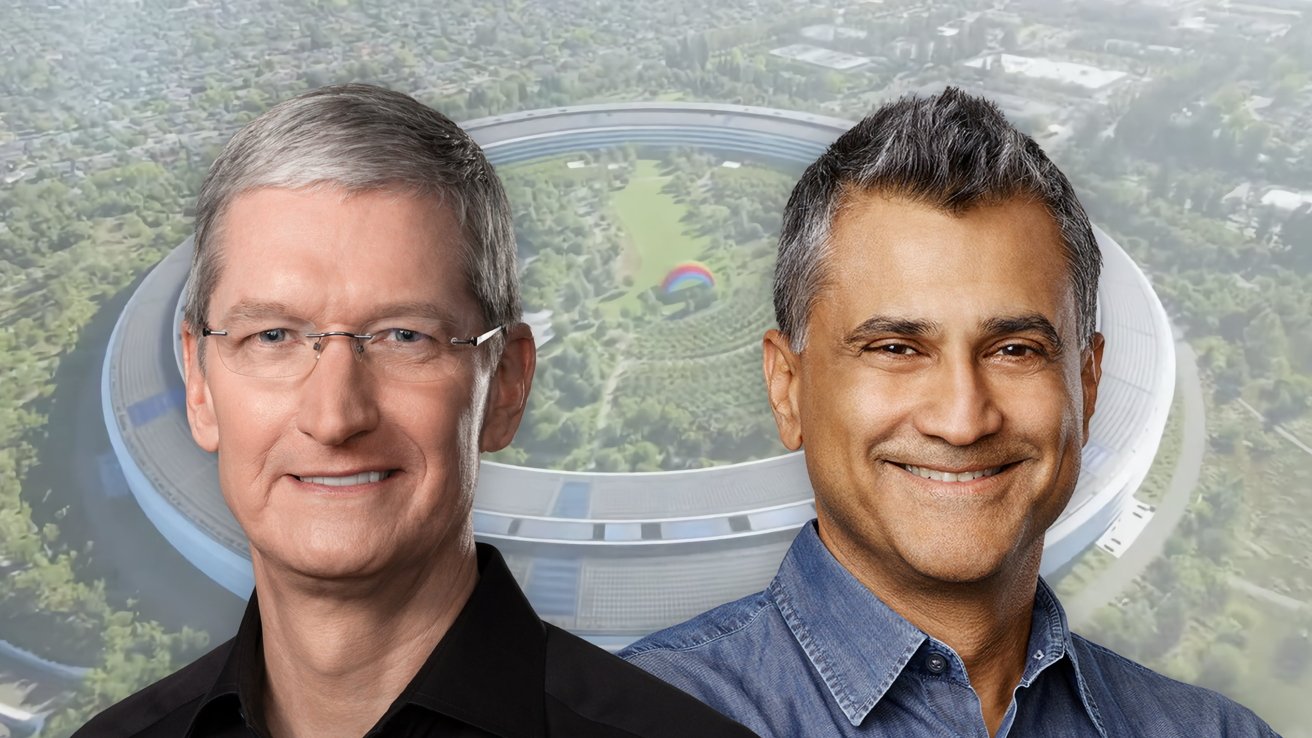
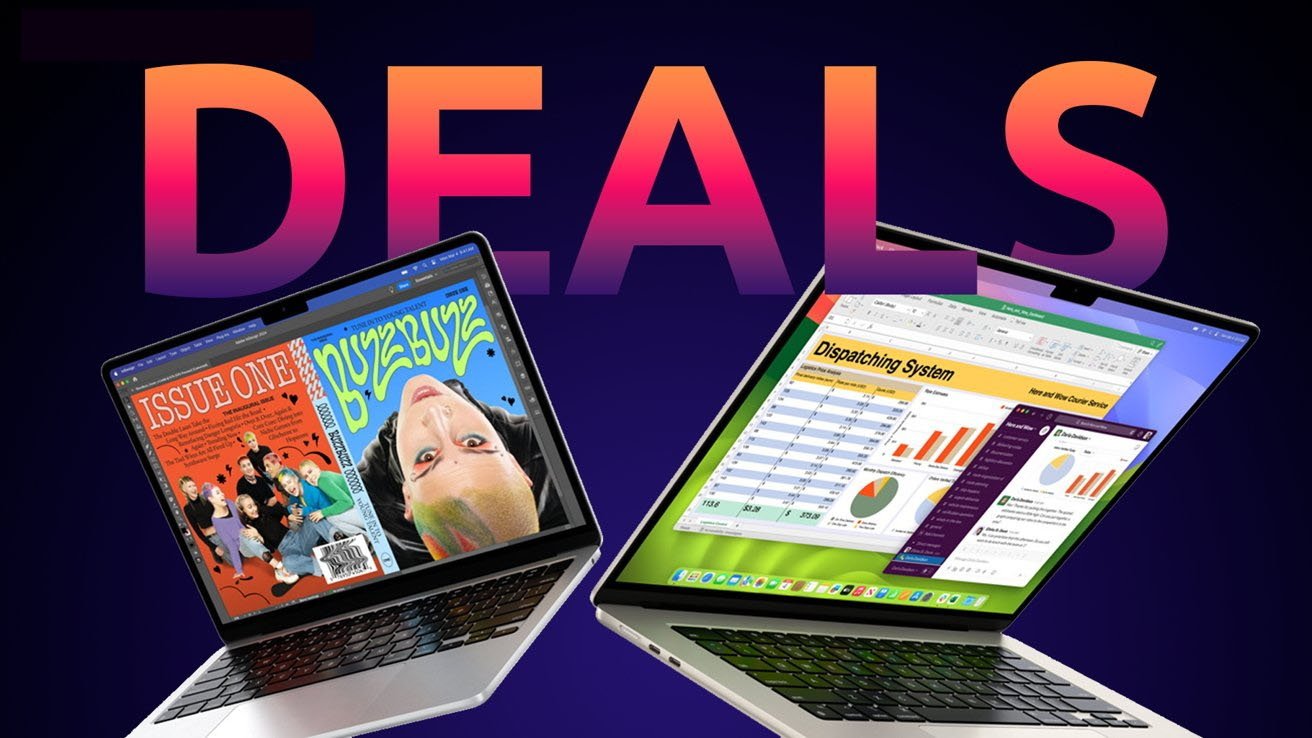






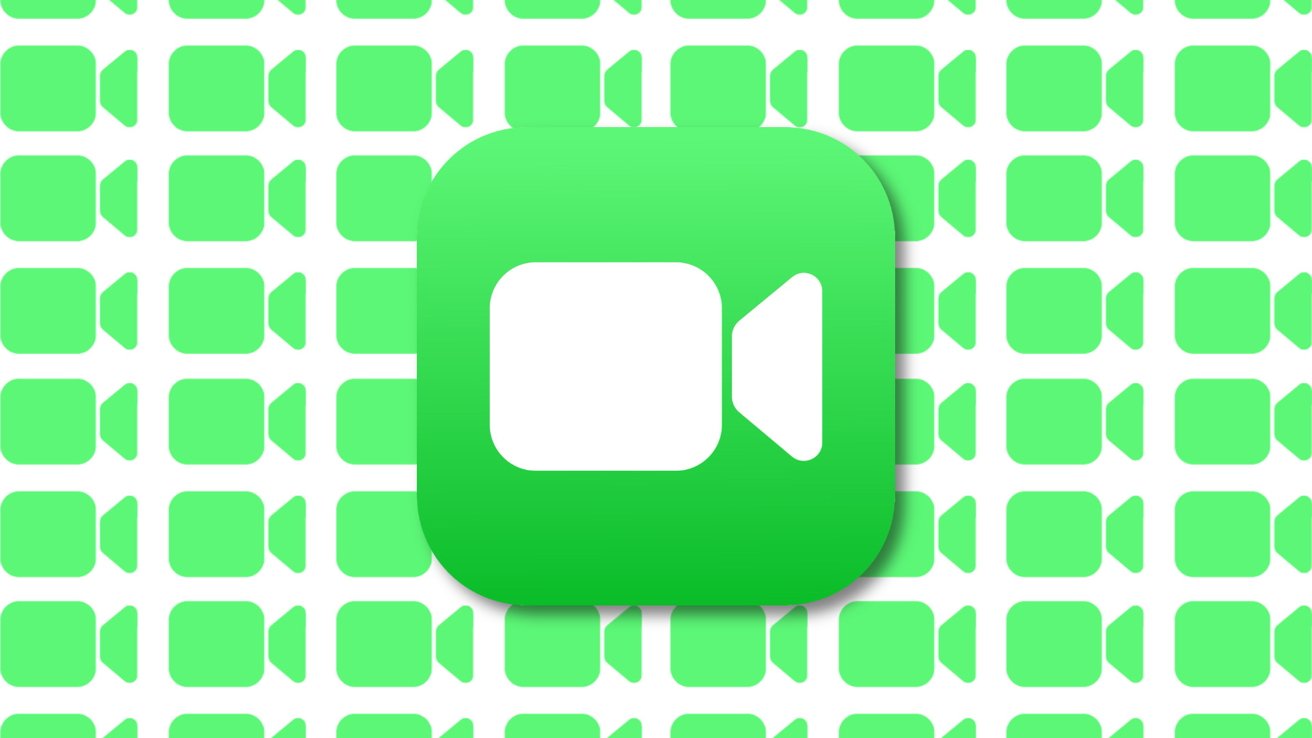

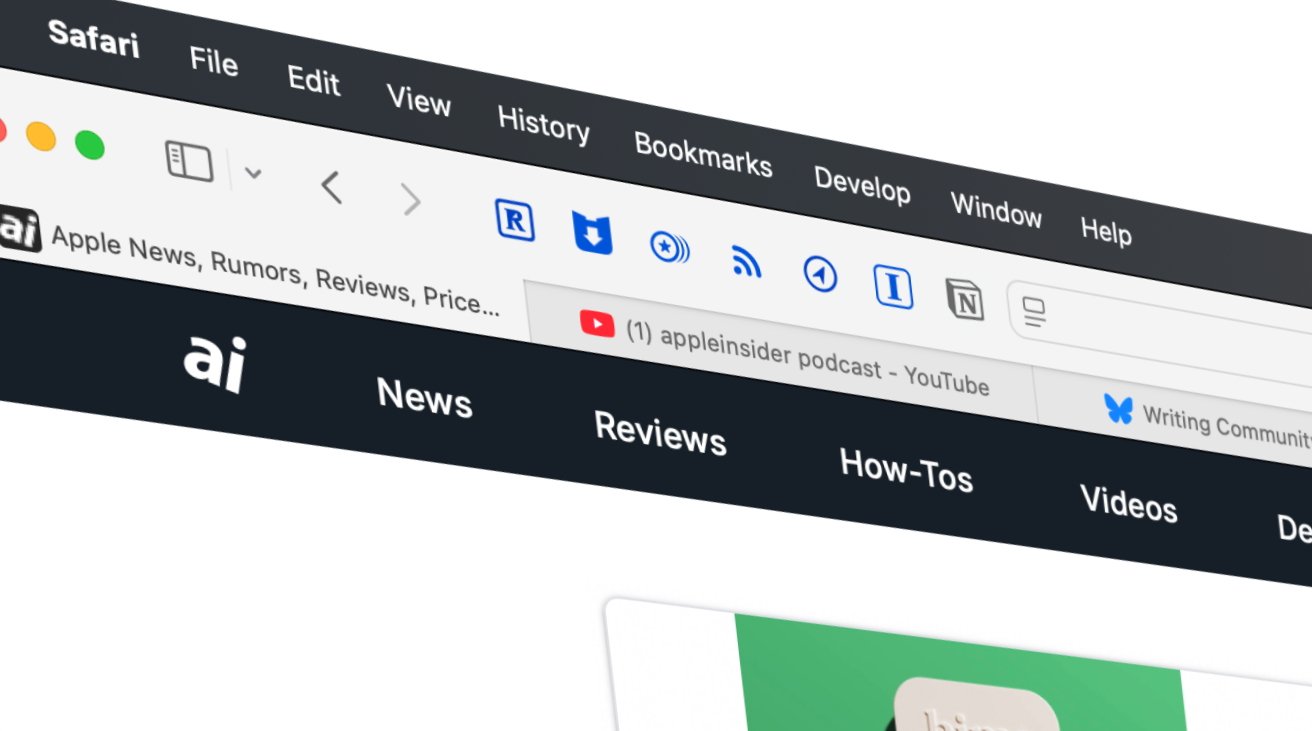
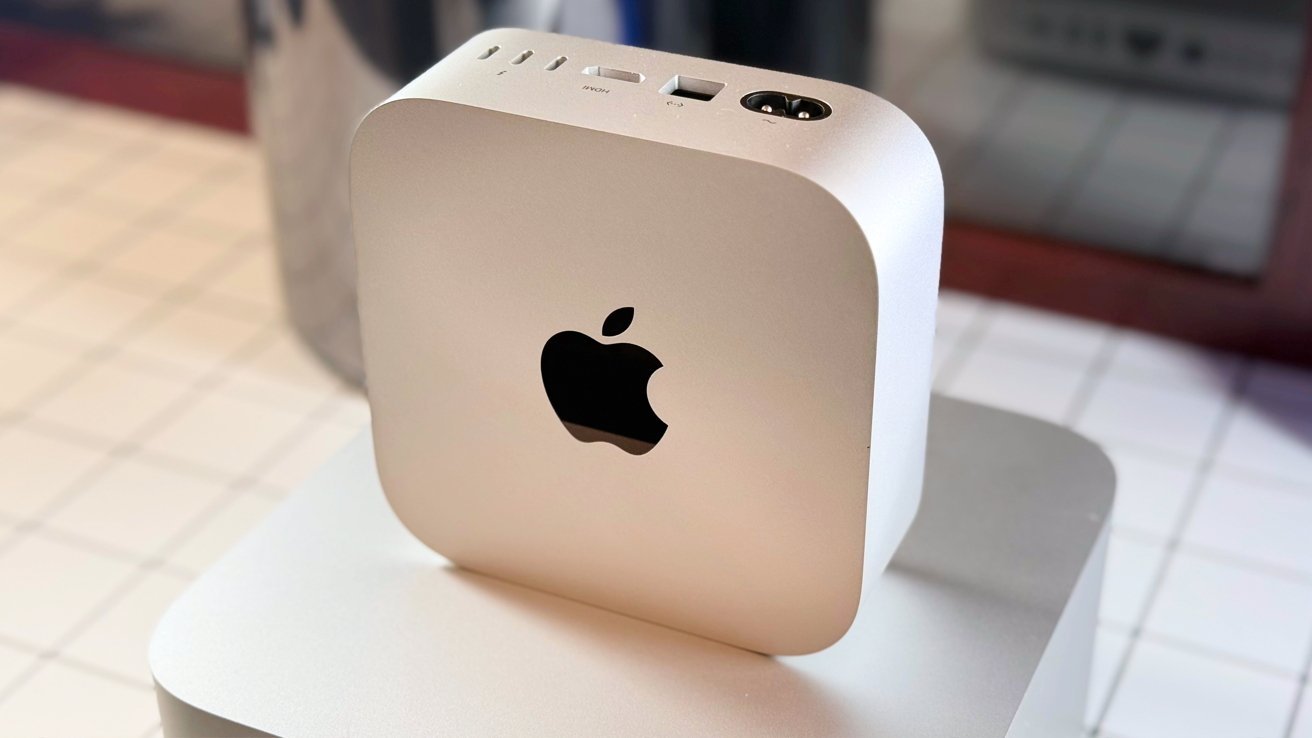
-0-15-screenshot-xl.jpg)

